
All categories
Featured selections
Trade Assurance
Buyer Central
Help Center
Get the app
Become a supplier

(5225 products available)
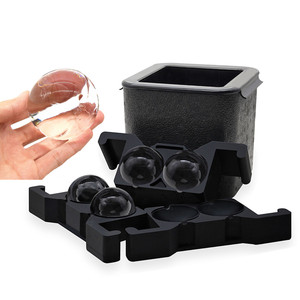


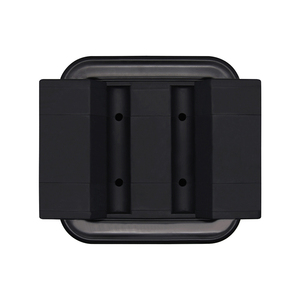
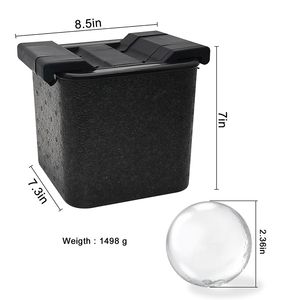



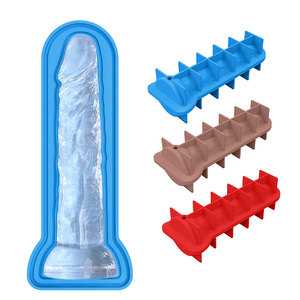



























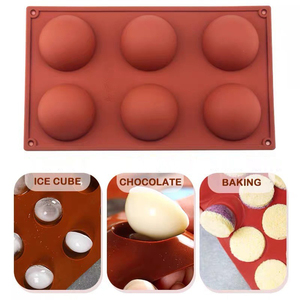


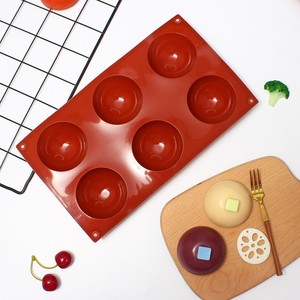












Sphere molds are used to create spherical objects in various materials. Different types of sphere molds are available depending on the material to be cast and the desired properties of the final product.
Metal sphere mold
These metal sphere molds are commonly used to make metal balls. They are made from strong metal materials like steel or iron. They can be two parts that fit together to form a sphere or many parts that allow for the extraction of the sphere mold. They often have features like cooling channels to help the cast metal cool evenly and reduce defects. They are used in industries that require precise metal balls, like machinery, aerospace, or jewelry making.
Silicone sphere mold
Silicone sphere molds are flexible and easy to use. They are made from silicone rubber, which can bend without breaking. They are often used to make resin spheres, like epoxy or polyester resin. They work well for casting objects like paperweights, ornaments, or art pieces. Silicone molds resist many chemicals and can last a long time, making them cost-effective for resin casting.
3D printed sphere mold
3D printed sphere molds are made using 3D printing technology. They can be made from plastic or other materials to create custom spheres. They are often used for prototyping, testing new designs, or making small production runs. 3D printed molds allow for complex shapes that may be difficult with traditional molding methods. They are also used for educational purposes to demonstrate how molds work.
Injection mold for spheres
This is a type of sphere mold used in injection molding. It's usually made of steel or aluminum and has a hollow cavity shaped like the sphere to be created. The injection molding machine forces the molten plastic material into this mold under high pressure. After cooling and solidifying, the mold is opened to remove the finished sphere. This process is great for making lots of identical plastic spheres quickly and efficiently.
Compression mold for spheres
This sphere mold is used for compression molding. It consists of two halves placed together to form a sphere. The material, usually a type of rubber or plastic, is placed in the bottom half of the mold. Then, the top half is pressed down to shape the material into a sphere. This method is often used for items that need strong and flexible materials, like sports balls or seals.
Rotational mold for spheres
Rotational molding sphere mold is a hollow mold split into two or more sections to create large, hollow spheres. The mold spins as molten plastic inside it heats and melts. The spinning spreads the plastic evenly over the mold's inner surface, forming a sphere. This process makes strong, smooth balls used in playgrounds, floats, and decorative items.
Plaster sphere mold
A plaster sphere mold is a two-part mold made from plaster. It is used to cast materials like concrete or gypsum into a sphere. The mold has a smooth finish to capture details and help with easy mold release. Plaster molds are often used for making decorative spheres or for architectural elements because they provide a fine detail of the cast sphere.
Sphere molds have various designs to accommodate different production needs. Some popular designs include a half mold, full mold, and multi-cavity mold.
Half Mold
A half mold is a two-part mold. Each part of the mold forms a hemisphere. When the two parts of the mold are combined, they form a complete sphere. This mold design is usually used when creating larger spheres. It often uses materials like silicone or plastics.
Full Mold
A full mold has one single piece of mold that forms a complete sphere. This mold design is typically used for making smaller spheres. It works well with various materials ranging from concrete to resin. It is cost-effective and easy to use.
Multi-Cavity Mold
A multi-cavity mold is a single mold that has many cavities to create different spheres simultaneously. Each cavity can create a different sphere size. This mold design is typically used in mass production settings where many identical spheres are needed.
Sphere mold designs can be modified to fit specific project needs. They can be adjusted to accommodate different materials, desired sphere sizes, or production volumes. The right mold design helps to control the production cost and the quality of the product. It also makes it easy to release the product. Sphere molds are designed to ensure they are easy to use and produce high-quality spheres.
Sphere molds are applicable in many industries and spheres of life. Some of the common uses include:
Wholesale buyers of sphere molds should consider these factors before purchasing.
Material
Choose a durable mold material that can withstand casting processes and last long. Consider silicone for flexibility, easy demolding, and smooth finishes. Rigid plastics are ideal for concrete or large castings. Metal molds are excellent for long-term use and high-precision requirements. Consider the previous three options for their durability and ability to create fine details. They work well for concrete, plaster, and other rigid materials. Silicone spheres mold work best for flexible materials and complex projects. Think about the production volume and the casting material's thermal properties when selecting metal sphere mold. Reserve silicone molds for projects that require fine details or delicate shapes.
Shape and size
Choose the mold size and shape for the spheres to be cast. Consider the project's specific requirements. Select large sphere molds for decorative pieces or art installations. Choose small ones for jewelry-making. Ensure that the mold dimensions are compatible with the casting process and the desired final product. Check the mold manufacturer for measurements and guidelines to help buyers select the right size.
Ease of use
Choose sphere molds that are easy to use and demold. Select those with features like pour spouts or registration keys. They help to align the mold for successful casting. Make sure these features simplify the casting process and improve the final product. Look for sphere molds that simplify the casting process. Choose those with pour spouts or alignment keys.
Production volume
Choose metal molds for projects that require high production volume. Select flexible materials like silicone for low-volume projects with different designs. Metal molds can withstand the wear and tear of mass production. The other option is suitable for quick iterations of mold design.
Complexity of design
Select silicone molds for complex designs with intricate details. Use sphere molds with multiple parts for such projects. They make it easy to cast complicated shapes or to work with multiple materials.
Q1: How can pom sphere molds be used to make different textures?
A1: By changing the material used for casting, different textures can be achieved. For example, a rougher finish can be obtained by using a more abrasive powder between the two mold halves.
Q2: How can pom sphere molds be used to create hollow spheres?
A2: To make a hollow sphere, pour the casting material into the mold and then immediately tip it out, leaving a thin layer of material adhered to the mold surface. Repeat this process, building up the layers until a complete shell is formed. Finally, join the two halves of the mold to make the hollow sphere.
Q3: What types of materials can be used with pom sphere molds?
A3: Pom sphere molds can be used with various casting materials, including plasters, resins, concrete, and silicones. The choice of material depends on the desired properties of the final cast object.
Q4: Can pom sphere molds be used for 3D printing?
A4: While pom sphere molds are typically used for traditional casting methods, they can also be used as a design reference for creating 3D-printed molds or spheres. This allows for more complex and customized shapes that may not be possible with standard molds.
Q5: How can pom sphere molds be used to reduce waste?
A5: Using pom sphere molds allows for precise casting, which can minimize excess material usage. Additionally, many molds are reusable, reducing the need for single-use disposable molds.